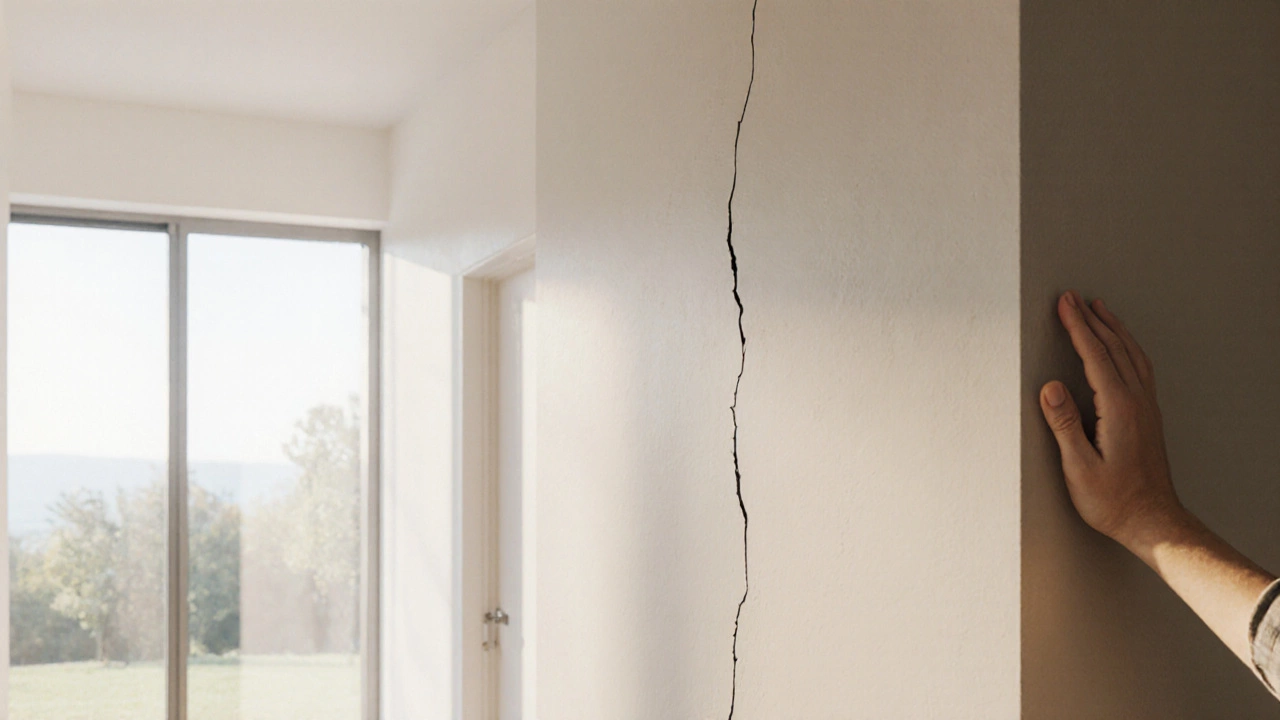Construction Defects: Understanding the Issues that Threaten Your Build
When dealing with construction defects, flaws or failures that appear in a building’s structure, finishes, or systems. Also known as building defects, they can lead to costly repairs and safety hazards. Recognizing them early saves money and prevents headaches.
One of the most visible signs is foundation cracks, breaks that develop in the concrete slab or footings of a building. These cracks often signal settlement problems, water intrusion, or poor soil preparation. When a foundation crack occurs, the overall stability of the structure is compromised, making it a core construction defect that demands immediate attention.
Another hidden culprit is mold growth, fungal colonies that thrive in damp, poorly ventilated areas of new and existing buildings. Mold not only damages finishes but also worsens structural decay by feeding on organic materials. In many cases, mold exacerbates existing construction defects, turning a minor issue into a health and safety concern.
Understanding the building type also matters. type 5 construction, a wood‑frame building method common in residential projects, has specific vulnerability patterns. Because of its framing material, type 5 structures may experience faster moisture migration, which can increase the risk of both foundation cracks and mold growth. Recognizing how the construction type influences defect likelihood helps owners target preventive measures.
How These Elements Interact
Construction defects encompass foundation cracks, mold growth, and material‑specific issues like those found in type 5 buildings. A faulty foundation can let water seep in, creating the perfect environment for mold. Likewise, mold can weaken wooden frames, accelerating the appearance of cracks. This cycle shows why a holistic view—examining structural integrity, moisture control, and building type—is essential for effective remediation.
In commercial projects, the stakes are even higher. Large‑scale structures often use mixed building types, combining steel, concrete, and wood. When any component suffers a defect, it can cascade across the whole complex. For example, a water‑leak in a concrete slab may cause corrosion of steel reinforcements, which then leads to cracks that affect floor finishes and load‑bearing walls.
Preventive steps start with thorough inspections during and after construction. Look for signs like uneven floor levels, visible cracks, persistent damp spots, and musty odors. Use moisture meters to detect hidden water pockets, and consider hiring a specialist to assess the framing in type 5 builds. Early detection lets you address the root cause—be it drainage, ventilation, or material selection—before the defect spreads.
Repair strategies vary by defect type. Foundation cracks often require epoxy injection or carbon‑fiber reinforcement, while mold removal calls for professional remediation, proper drying, and improved ventilation. In wood‑frame constructions, installing vapor barriers and sealing gaps can halt moisture movement, reducing both crack formation and mold risk.
By grasping how foundation cracks, mold growth, and building type interrelate, you’ll be better equipped to spot problems early, choose the right repair method, and keep your project on track. Below you’ll find a curated collection of articles that dive deeper into each of these topics, offering step‑by‑step guides, cost breakdowns, and real‑world examples to help you tackle construction defects head‑on.
Do New Build Homes Develop Cracks? Causes, Signs & Fixes
Learn why new‑build homes develop cracks, how to tell if they're serious, and what steps to take for prevention and repair.
Continue Reading